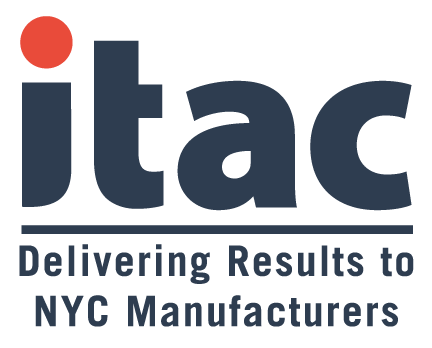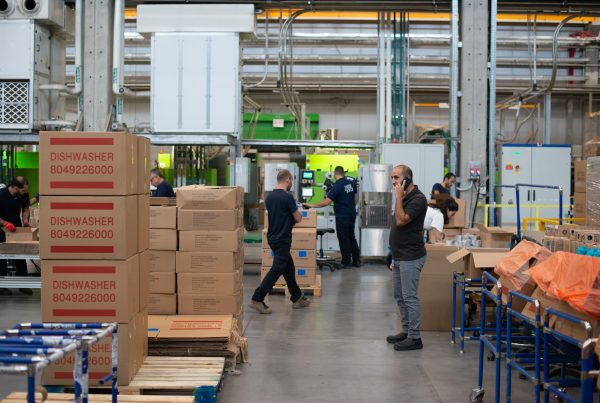A Lean Management Road Map to Build a More Proactive Game Plan
Research has shown that during economic uncertainty, companies that find a balance between reducing resources to survive and investing in key areas for growth will fare better through the recession and beyond. It’s a nuanced approach to playing offense and defense at the same time.
But many small and medium-sized manufacturers that have been significantly impacted by the Covid-19 pandemic find themselves with what seem to be few options. They have reduced resources to the point that they have no time for anything beyond operations. When they do have time, it’s from a decrease in business, which means they do not have money to invest.
As a result, they may have become risk-averse, hesitant to upgrade machinery, or hire before business returns. But opportunity involves risk. Hunkering down to wait out economic uncertainty is typically not a path for future stability, growth, or even change.
A key for getting out of risk-aversion mode is creating a culture that encourages ideas and is willing to question if there might be a better way to do something. Continuous improvement starts with a mindset. But it also depends on a methodology or systems so that activities become part of routines and are measured and reviewed.
The prescription for a manufacturer to become more proactive follows a typical lean journey using these five areas:
- Value stream mapping. Mapping all the steps required to bring a product or service to the customer
- Standard work. The procedures used to make products in the most effective way possible
- Training strategy and methodology. How workers are onboarded and helped to understand the rationale behind their work
- Problem-solving process. Surfacing and addressing the root cause, as opposed to the symptoms, of a problem
- “Just do it” attitude. A proactive approach to taking action that emphasizes accountability
Value stream mapping
This process helps everyone see the flow of information and materials throughout the value stream. It helps a company determine what it wants to be, clarify the current state, and put together a three-year or five-year plan. It’s about vision, not details.
The clarity of the current state helps on several fronts, primarily by identifying competencies and gaps. Once a company has articulated its goals—increase production by X, or market share by Y, or enter a new product or customer market—it can set up a yearly project plan for how it will close gaps and invest in opportunities.
The process includes a case study that identifies and evaluates the current state of:
- Resources in the value stream
- Capacity
- Value-added vs. nonvalue-added activities
- Constraints
As with all things on a lean journey, there will be metrics for how you are performing to plan. How are you overcoming obstacles and achieving progress?
Standard work
Many manufacturers have documented the prescribed sequence of worker actions and equipment to produce a required output using certain labor, inventory, and facility resources. Many, however, do not have methods for updating these standards. They would be wise to review their standard work on some sort of schedule to keep it current.
Documenting how things should be done not only drives consistency and quality; it also provides a baseline for measurement. How else would you know if you are getting better at something or increasing potential capacity?
Are you measuring production by the hour or by cycle time? Are you becoming more efficient or less efficient? How does the introduction of a new material or process impact production? Having a process for documenting standard work—and a feedback system—will answer these questions.
Training strategy and methodology
The state of a company’s workforce development capabilities is often a snapshot of its work culture. Onboarding is not just human resources documents. It’s also about safety standards and quality standards. The onboarding sets the stage for the first job assignment.
If key areas of onboarding and training follow strong adult-learning protocols, companies tend to have fewer retention issues. A best practice for adult learning is “show,” then “show and tell,” and then “show and tell why.” This helps a new employee retain the importance of the job steps.
Here are steps for a successful job onboarding and training environment:
- You begin with a mentored, certified trainer to ensure consistency and the ability to teach to a competent level.
- You provide audited training. Someone is close by for help as needed and frequently checks in on new employees.
- Anyone performing the job functions is capable of basic problem solving.
- A worker with expert-level competency understands the process and how his or her role fits into the bigger picture.
- You identify workers who are able to train others.
Without good training methodologies, new-worker frustration can lead to high turnover rates, which often contribute to a reactionary management culture.
Problem-solving process
Implement a system and processes that can help avoid risk and be more proactive. There are numerous approaches to problem-solving, but the key is to understand the dynamics before actually trying to solve the problem. People often react to the effect of a problem, but trying to solve the effect, or end result, often gets you nowhere until you know the cause.
In the following seven-step process, the first three steps are about posing questions that will help one understand not only the cause but also what the preferred solution is—and what must be accounted for to resolve the problem. Once you have that understanding, you can “solution” successfully.
- Define the problem. It’s essential to agree on what you are working on and what you are not working on as well, especially to get a group of people aligned. Focus on the right thing. Clarify what you are trying to resolve.
- Set a goal. What is an appropriate resolution for the situation? What are customer expectations or quality expectations? This is not about perfection.
- Understand the current state. There may be a lot of variables involved or something unusual in the dynamic. Listen carefully.
- Identify the root cause. What do you have to fix? Don’t make guesses. The issue could be several steps upstream in the process.
- Determine potential countermeasures or improvements. What could you do to resolve this? Rank the return on investment (ROI) against each option to arrive at the most appropriate solution.
- Implement a temporary solution before introducing a permanent solution. Find out if you missed anything. This could be a trial solution or rolled out in stages. In some cases, it may be a short-term solution while you work toward a long-term solution.
- Follow up to make sure everything is put in place appropriately. Make sure you didn’t miss anything to resolve the issue.
It’s also beneficial to reflect on problem-solving issues as a way of personal or organizational growth. How well did this methodology work? What could the team have done better? A post-mortem or review helps problem-solving become a go-to habit for the company.
‘Just do it’ attitude
A methodology involves commitment and behavior. If you say you are going to address something, you should, even if you don’t know the outcome. Yes, you might need to adjust your plan and go slower than intended, or even step to the side. Slow times can afford opportunities to document standard work or implement training programs.
As strange as it may sound, a reactive approach to management provides less uncertainty to some managers, even if it involves putting out fires and reducing resources. It’s an accepted approach to managing risk. But it also limits opportunity.
Mike Rother, who wrote the book Toyota Kata (McGraw-Hill Education, 2009), describes human change in three stages or zones:
- Apparent certainty/comfort zone. This is the green zone. We’re willing to go there because we know it well, even if it’s not always favorable. We’ve been there and done that.
- Uncertainty/uncomfortable zone. This is yellow, so we proceed with caution. But this is often where opportunity resides. There are not many sure things.
- Mystery/panic zone. This is the red zone. We do not want to go there. People may panic and go back to the green zone.
A proactive approach will help you venture into the yellow zone more frequently and also expand your green zone. It may indeed be challenging to implement a new technology, but the next time you do it, you will be more comfortable with the process.
Don’t go it alone
Business leaders need a sensei to help them look at things differently, remind them of how they got to where they are, and nudge them out of their comfort zones. It’s not easy to build systems and methodologies into work cultures and everyday activities. Your local MEP center has experts that can help you be more proactive. Reach out to ITAC today if you are located in the NYC region.
This insight is from Quality Digest. You can read the full article by clicking here.






